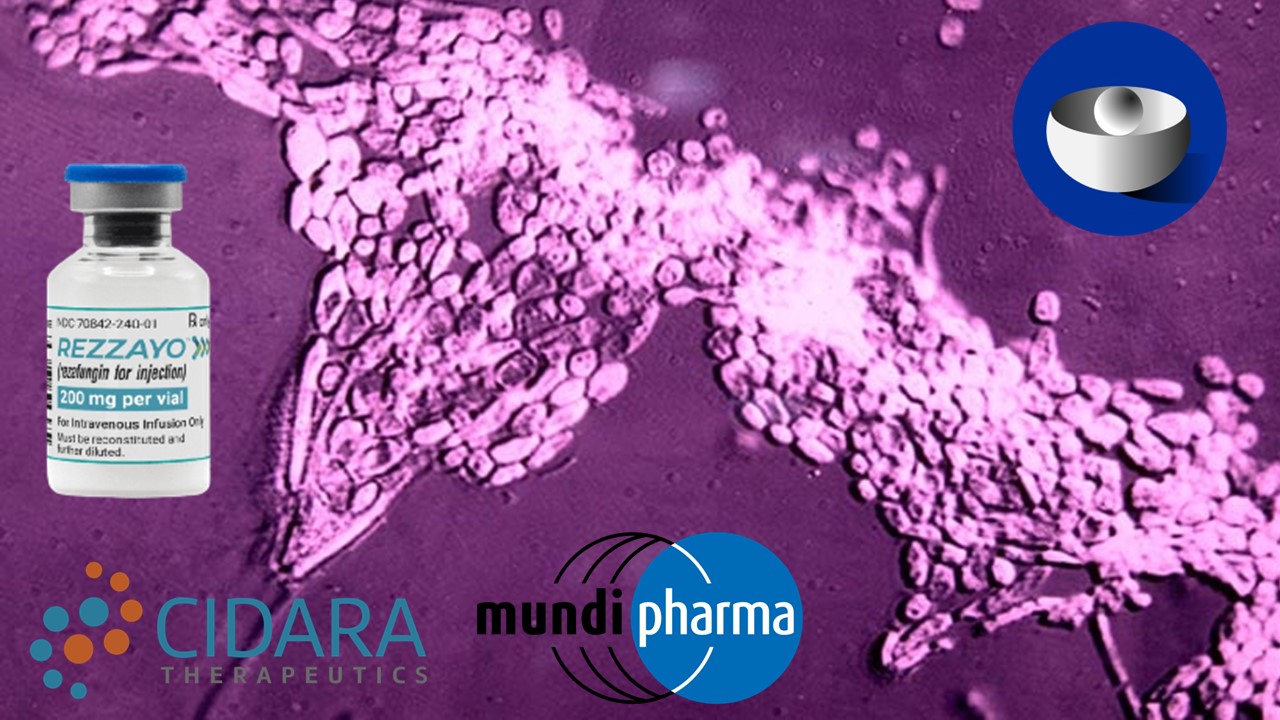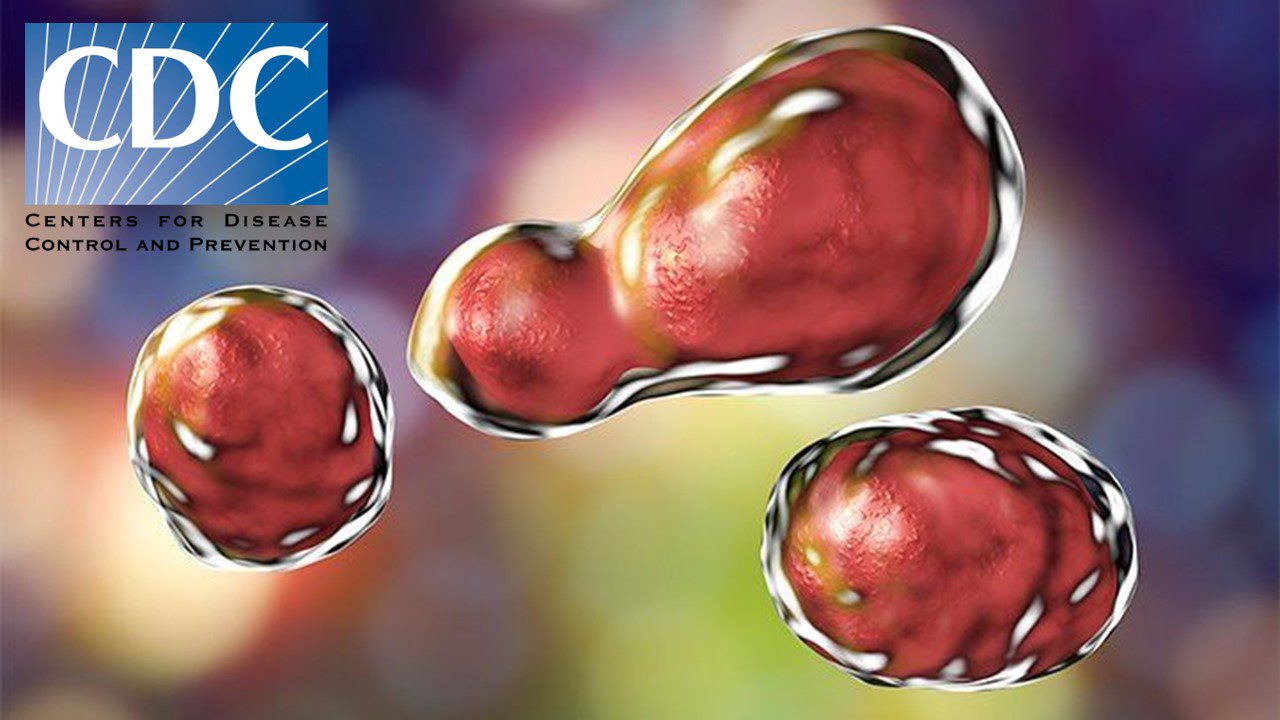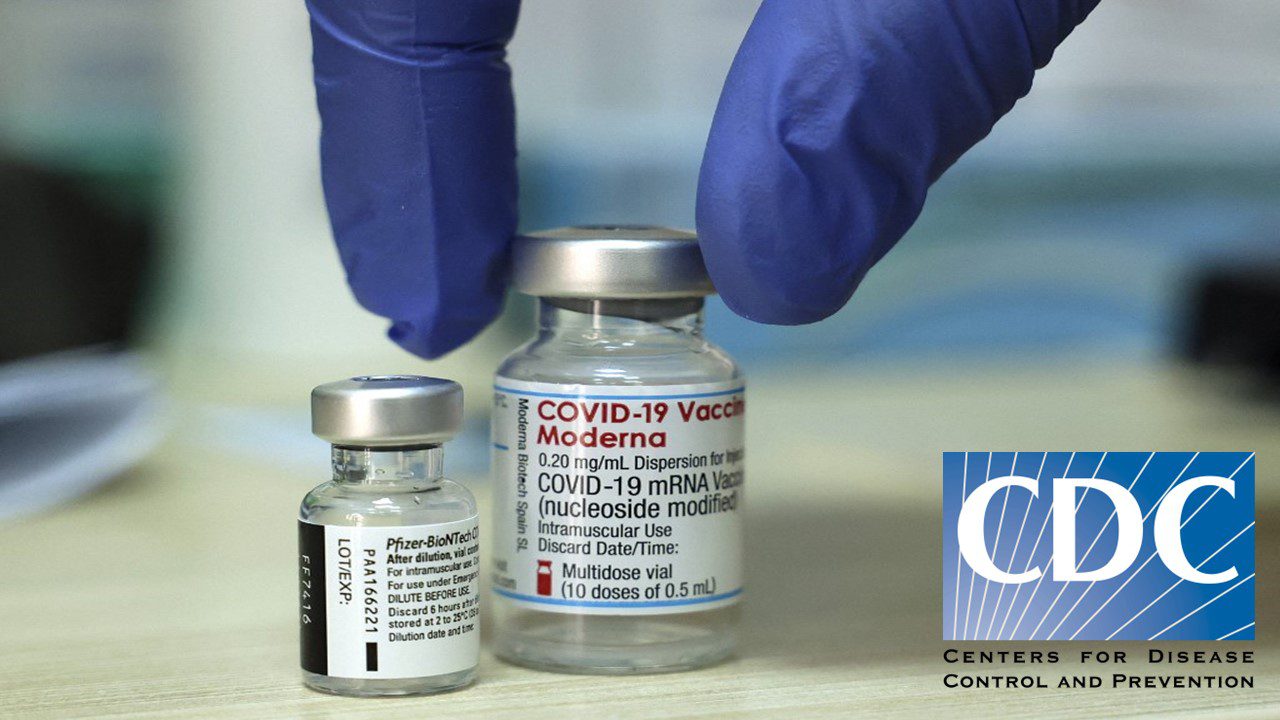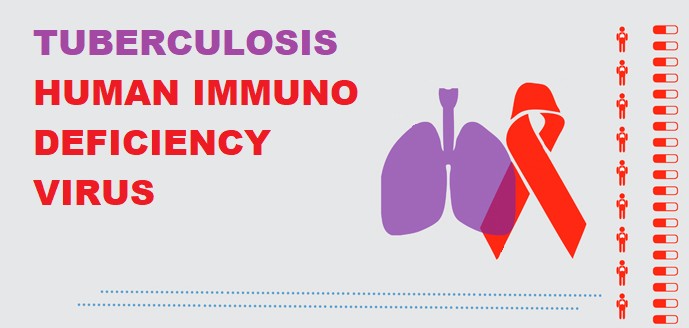As new data emerges showing the earliest hotspots of the SARS-CoV-2 Omicron variant moving past the peak of the new infectious wave, we still see record numbers of infection across the globe. New understandings continue to surface related to our current portfolio of vaccines, the possibility of future vaccine developments, and our awareness of long COVID – what causes it, and possible treatments. These insights will prove critical as the world seeks to move on from the pandemic.
After the Peak
Earlier last week, the United Kingdom saw definitive signs of moving past the peak of Omicron, providing encouraging figures for what may come after the wave of infection. The Zoe COVID study observed a 12% decrease in new infections week-on-week, while the R-value for SARS-CoV-2 was estimated to be 1, indicating a lower degree of infectiousness than before. The Omicron variant seemed to be far more manageable at a national level, with symptoms often indistinguishable from colds or flu. While the variant is expected to continue circulating at manageable levels until late Spring, the UK government has already made hints at the discontinuation of measures to contain the spread.
Still, lessons from the UK show that even the lower severity of Omicron can cause significant problems for healthcare systems. The BMJ published an article showing that multiple UK NHS trusts had declared critical incidents due to staff shortages, with multiple facilities being unable to operate safe staffing requirements. Such information is vital as the rest of the world still moves towards the peak of the variant, with a record high weekly number of infections observed globally. This includes Germany, a country that had avoided runaway infection rates in December – unlike neighbouring France, which is now experiencing weekly records of infection. These findings reinforce the belief that lockdowns do not eliminate infection waves: rather, they delay them, which could still be useful to allow for time for vaccination or easing of seasonal pressures on healthcare systems. Notably, the death rate from COVID-19 has been lower in every WHO region except for Africa – where it was up 22%, which may be possibly driven by lower rates of immunization.
Optimizing Immunization
While the problem of global vaccine equity remains at large, new studies are still being carried out to look for the most effective ways to administer immunization programs. A particularly stark finding is that vaccinations are most effective when offered before the take-off of a wave of infection rather than in response to it. The study also indicates that the eradication of COVID-19 remains impossible on a global scale in the medium term, largely owing to the unequal distribution of vaccines.
AstraZeneca also released the results of its own findings, showing the efficacy of their Vaxzevria vaccine as a third-dose booster, regardless of whether the first two doses were of a vectored or mRNA vaccine. This data may have come too late however, with the Moderna and Pfizer shots having shown a clear lead in the developed world.
A Polish study sheds further light on the divergent death rates between different areas, having identified a gene that may double the risk of severe COVID-19. The gene is present in ~14% of the Polish population, and up to 27% of the Indian population. This highlights the important role of genetics in identifying vulnerabilities to SARS-CoV-2, with the gene variant only ranking behind age, weight and gender in the list of comorbidities. Patient sequencing may therefore be a valuable tool in establishing priority targets for immunization or shielding, and could be important in future guidance.
New Research
Having made record returns on investments, the British charity Wellcome Trust has committed to spending over 16 billion pounds on scientific research over the next decade. The Trust had already played a part in funding the Vaxzevria vaccine developed by the University of Oxford and AstraZeneca. This includes a particular focus on next-generation COVID-19 vaccines, which its directors speculate will be a high-priority need in the area of infectious disease as SARS-CoV-2 is hoped to become endemic. The charity also plans to spend more on programmes such as the Coalition for Epidemic Preparedness, particularly for the fair distribution of vaccines.
Long COVID re-examined
One of the areas in direst need of further research regarding SARS-CoV-2 has been the phenomenon of “long COVID”, a family of long-lasting symptoms that remain long after infection has cleared. Though treatments have already begun to be trialled, our understanding of the causative mechanisms for long COVID remains unclear. New findings suggest that it may be caused by the formation of “microclots”, which form in the blood of affected individuals. The microclots trap inflammatory molecules and are resistant to the natural processes for the breaking down of clots. They also play a clear role in vascular pathophysiology, which can be a key cause for multiple long COVID symptoms. The researchers behind the findings highlight that adding microclot testing to more blood test laboratories, in order to pick up cases of long COVID, will be critical in fighting the phenomenon. Treatments with anticoagulating agents have also shown promising results.
WHO announces new treatments
The WHO also announced the recommendation of two drugs for treating COVID-19, baricitinib and sotrovimab. The former is a Janus Kinase Inhibitor, which works by suppressing immune system overstimulation; it is already approved for the treatment of rheumatoid arthritis and works best when administered with corticosteroids. The drug shows potential in critically ill COVID-19 patients, easing the symptoms of severe disease. Sotrovimab is a monoclonal antibody, one of a few with studies that show that it can retain its activity against the Omicron variant. The recommendation is a reminder of how re-examining our current drug arsenal, but also past drug leads, can lead to new weapons against the pandemic.
While the story of the Omicron variant may not be over yet, the world has shown that it can competently manage the disease. New research continues to pour out, improving our understanding of how to contain the disease and continuously innovating or revisiting innovative treatments. As we transition to a world after the Omicron peak that seeks to learn how to live with COVID-19, it will be imperative to have as many tools at our disposal as possible, particularly to counter the emergence of novel variants. Treating long COVID will remain a key concern, likely for years to come, but new insights show that our awareness of the phenomenon progresses further each week.
Subscribe
to get our
LATEST NEWS
Related Posts

Infectious Diseases & Vaccinology
Rezzayo™’s Latest EU Approval for Invasive Candidiasis Breaks Ground in Antifungal Therapy
Rezafungin marks the initial addition to the treatment arsenal for patients grappling with invasive candidiasis in more than 15 years.

Infectious Diseases & Vaccinology
Unmasking the Shadow: CDC Battles the Latest Fungal Meningitis Outbreak in Matamoros, Mexico
CDC tackles fatal fungal meningitis outbreak linked to surgeries in Matamoros, Mexico.











